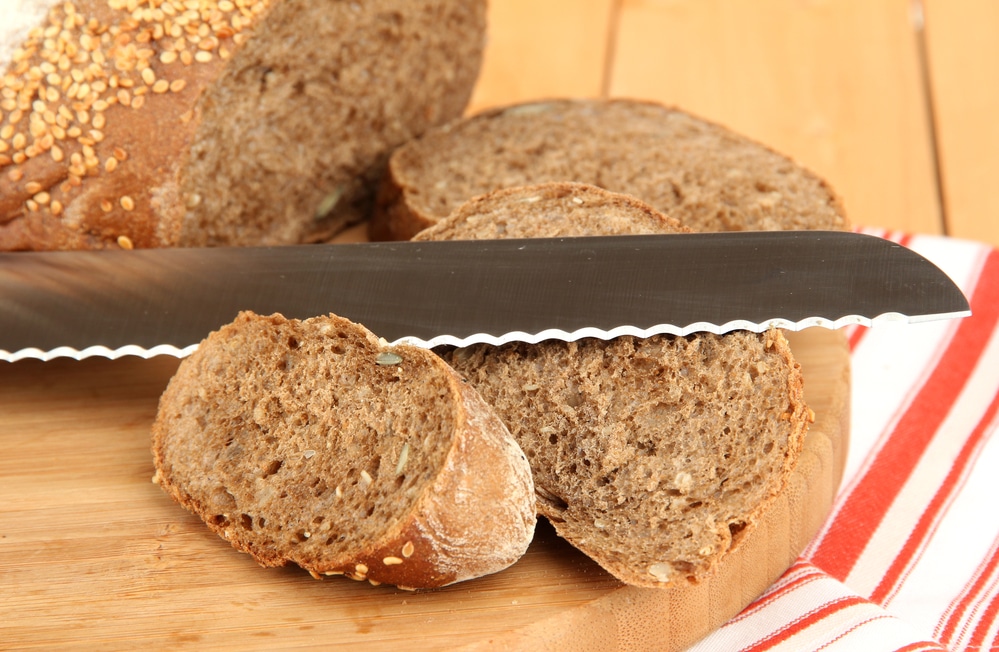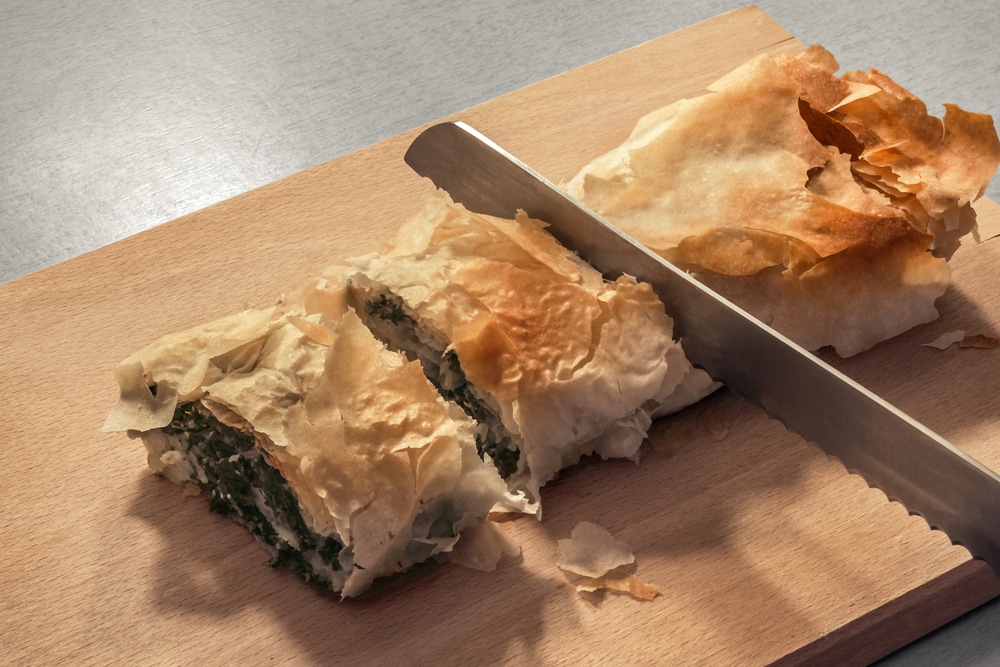Last Updated on
Over time, your electric knife blades will get dull. This is a pain, and if replacements aren’t available, you may need to buy an entirely new unit. Don’t do that. Instead, check out how to sharpen the blades of electric carving knives in the guide below.
How to Sharpen Electric Carving Knife Blades in an Easy Way
There are two ways that you can sharpen your electric knife blades. Firstly, you can buy electric knife sharpeners specifically designed for serrated blades. Secondly, you can use sharpening rods. We discuss both methods below with a step-by-step guide.
Method 1: Using an Electric Knife Sharpener
This is the easiest method and requires much less manual effort and time. You can use some electric sharpeners on serrated knives (which is what electric carving knives typically have). Ensure you check if your sharpening device is suitable or not – it should say in the product description or manual.
Step 1: Remove the Blades From the Motor Housing
Never try and sharpen your electric knife blade while it is still in the motor casing. Detach them, and the job will be much easier.
Step 2: Setup Your Electric Sharpener
Next, it’s time to set up your electric knife sharpener. We recommend placing it on a flat surface with plenty of room to work. Perhaps your kitchen worktop or a table.
Plug it in and make sure you fully understand how the device works (this is what instruction manuals are for).
Step 3: Place the Blade Into the Sharpening Slot and Turn it On
The exact sharpening method will vary depending on the design and manufacturer of your electric knife sharpener. However, it’s usually a case of placing the serrated blade into one of the sharpening slots and applying light pressure.
This usually activates the sharpening mechanism. We advise only leaving it in the sharpener for a short amount of time. After a few seconds, pull it out and check the blade. Do small incremental steps like this, and you will avoid oversharpening it.
Method 2: Using a Sharpening Rod
#KitchenSkillz honing can be done regularly using a fine sharpening slot or a rod
— KitchenIQ (@KitchenIQ) November 13, 2012
If you prefer the manual process and have skill with tools, you may want to use a sharpening rod instead. This does require more effort, but it is incredibly rewarding, and you have greater control over the sharpening process.
Step 1: Remove the Blades From the Motor Housing
Always remove the blades from the electric motor chassis. It makes things more difficult if you sharpen them with the fully assembled device. Additionally, you have less control as you try to balance and hold it simultaneously.
Step 2: Use Your Sharpening Tool on the First Serration
Hold your blade by the flat base away from you (you don’t want to stab yourself).
Position the serrated blade on top of the rod, so the first serration is positioned between it. You should make a cross shape with the serrated blade lying across the rod.
Keeping the same serration in position at all times, gently run the electric knife blade up and down the rod at a relatively shallow angle. It’s important not to apply too much pressure as you can grind away the metal completely.
If a burr forms on the serrated edge, simply run the sharpening rod along it at a flat angle – this should remove the burr.
Step 3: Repeat the Process for Each Serration
It’s now a simple case of repeating this same process across all the serrations. Pay special attention to how much pressure you are applying. Try to maintain the same force across each serration, doing the same amount of strokes. This should give you an even sharpness for better cutting.
Should You Sharpen Electric Knife Blades?
As you can see, it is possible to sharpen electric knife blades. But should you do this? There are arguments for and against it, and we discuss a few of the points below.
A Professional Sharpener Could Be Better
Serrated edges are trickier to sharpen and require much more physical effort and concentration. This is because unless you have an electric knife sharpener, you have to address each tooth individually.
The process can be time-consuming, and it is quite easy to sharpen the serrated edge too much; as a result, you could make the blades useless. So, if you don’t feel confident using a knife sharpener or using a sharpening rod, simply don’t.
Instead, you could buy replacement blades or take them to a professional.
Serrated Blades Generally Last Much Longer

Compared to straight blades, the cutting edge of an electric carving knife typically lasts longer. This is due to how you use them and how the sharp parts work.
You are using a sawing motion with an electric carving knife; thus, it’s that and the shape of the electric blades that do most of the cutting work. In contrast, straight-edge blades have more pressure applied and will wear down more quickly.
Therefore, if you use your electric knife carefully, you should rarely need a knife sharpening tool anyway.
Use Your Knife Correctly, and You’ll Require Less Maintenance
Using your electric knife properly is the key to longevity and keeping the electric blade sharp.
Some people make the mistake of using a sawing motion with their powered knife. Additionally, they often apply too much force when slicing meat.
Instead, keep your arm still and only use a gentle downward force. Let the knife blade do the work. This can reduce wear but also the extra cost of sharpening tools or replacement blades.
Make sure that you clean the unit after each use too. Wash them thoroughly between the teeth to remove any grease and debris. Keeping your devices clean helps improve their longevity too.
Keep Your Electric Knife Blades Sharp
You should now have a clear idea of how to sharpen electric knife blades. Using a grindstone is possible, but you must take care and have a steady hand. If you do not feel confident, seeking professional help could be a viable alternative. Also, you can significantly reduce blunting by looking after your blades and using them correctly.
Paul is the type of person who never met a problem he couldn’t fix. He can always be found tinkering with something in his house, even if it isn’t broken! His tips and tricks are often shared on our site. He’s the one you call when something breaks because he has been known to improvise fixes for everything from leaky faucets to malfunctioning dryers.



